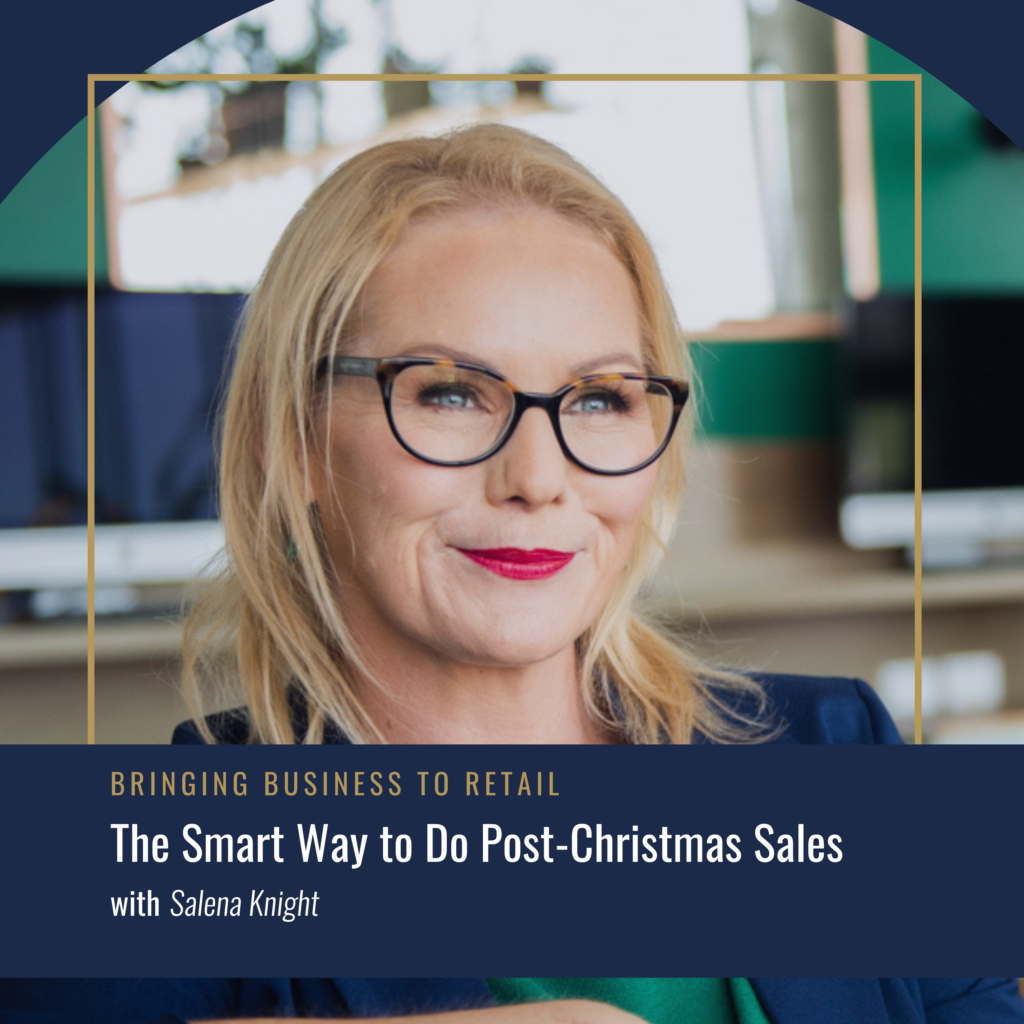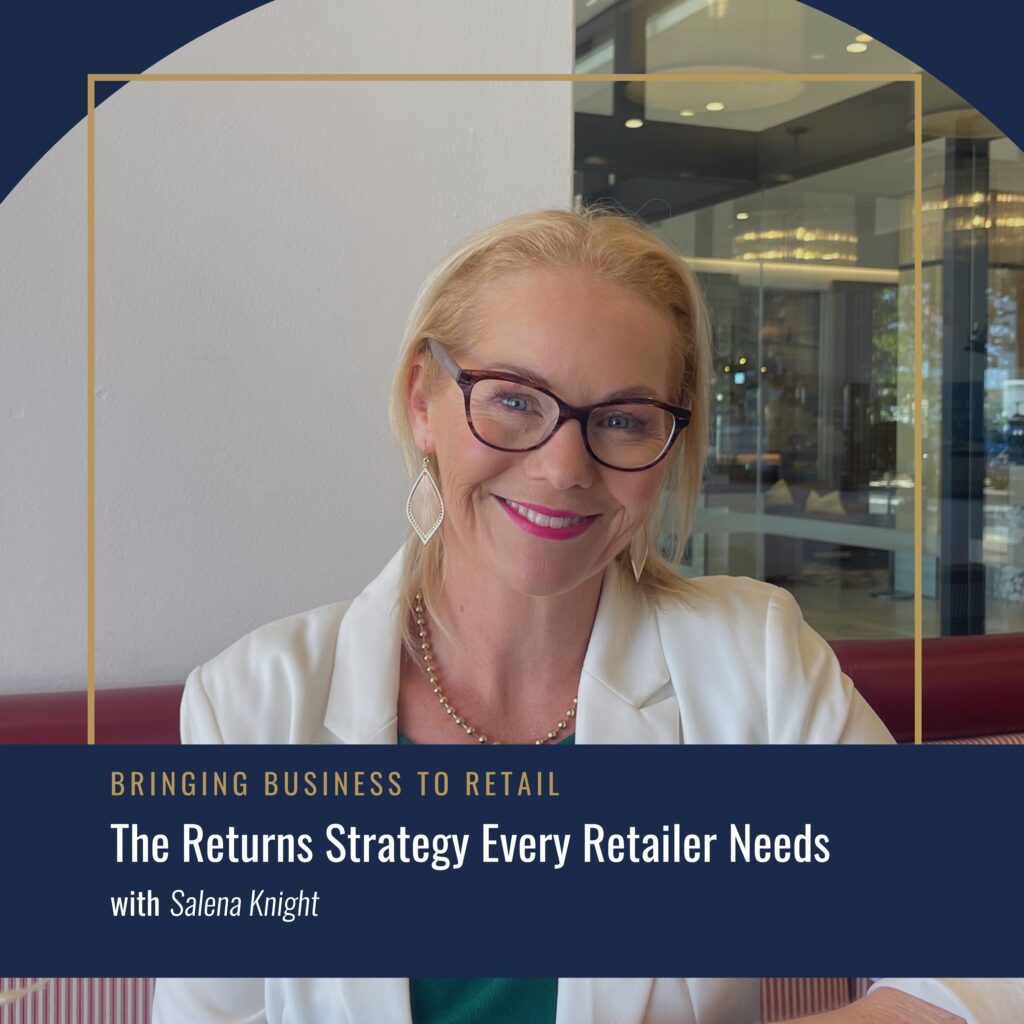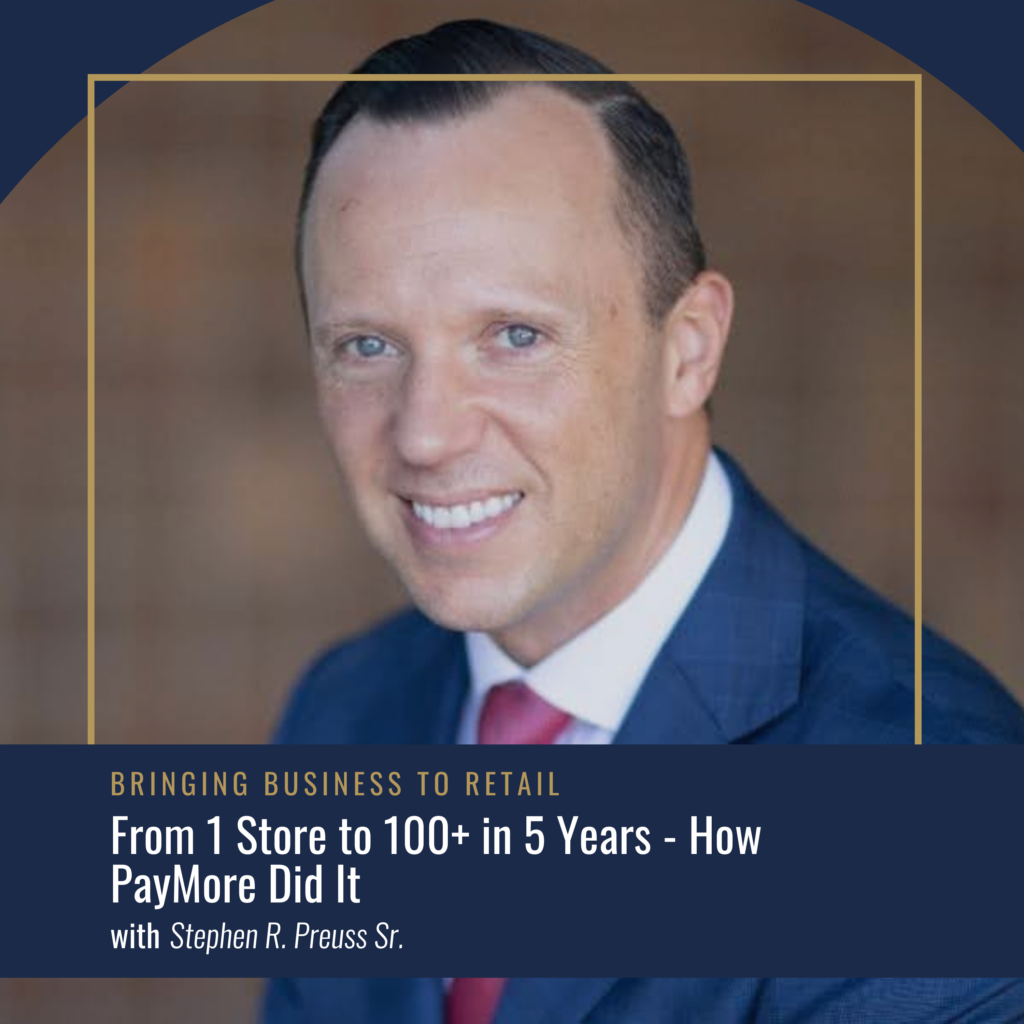Have you ever been into a store, only to find out that they’ve run out of the thing you came in to buy?
The store assistant assures you that stock is arriving in the next few days, and that they’ll take your details, put on aside for you when the delivery occurs, and give you a call.
The days, then weeks pass, and you hear nothing. In fact, you may have even forgotten about the order, and bought the product somewhere else.
Weeks later, the shop calls you to tell you that your order has arrived, but you no longer want, or need the item, so you tell them to put the stock back on the shelf?
It’s a common scenario, one that most retailers know all too well. That dreaded feeling in the pit of your stomach, when you realise you may have completely forgotten a customer.
And it happens because you’re so busy working in your store, that the slip of paper you wrote the information on, accidently gets trashed, or it falls under the counter, or it just disappears to that abyss that slips of paper just fall into.
From a customer’s perspective, you’ve let them down, and they’ll be unlikely to wait, if an item happens to be out of stock in the future. They’re not confident that you’ll follow through, and they’ll get their products.
As a retailer, you can’t afford to be upsetting customers, and even worse, losing out on money that was pretty much a sure thing.
So, I want to share with you the jaw dropping customer experience hack that our store implemented, that cost less than $1, and changed the way our customers felt, when it came to ordering stock with us.
Here it is. A simple, humble notebook. We called it, our customer book.
But of course, the notebook alone, does not fix the problem. The next part was even cheaper – it cost a grand total of $0. Nothing.
We implemented a process that ensure every customer request, had to be entered into the book, along with any pertinent notes.
From there, each team member had to go through the customer book at the beginning of their day, and be familiar with what orders were being awaited.
This meant that if a delivery arrived, every person was aware of what customers were waiting on.
We also went a step further, and did “pre-orders” where customers were happy to pay upfront. This meant that when the purchase orders were received, the stock that was on pre-order would be in the negative, so when the Purchase order was received, the new total reflected the presold items.
This small process, and the $1 notebook, changed our whole customer experience. No longer were people waiting for products that arrived and then inadvertently sold and team members would use their initiative and call customers if a week had passed, to update them on where the order was at, and to see if they still wanted the products.
It gave a sense of ownership to the team, and it meant that sales increased, because customers were confident that they’d be kept informed, through the wait time.
When it comes to making customers feel great, you don’t have to have the most expensive systems. Quite often, a simple process, and a genuine love for your customers, is enough to ensure that keep the sale, and you have a repeat customer.







